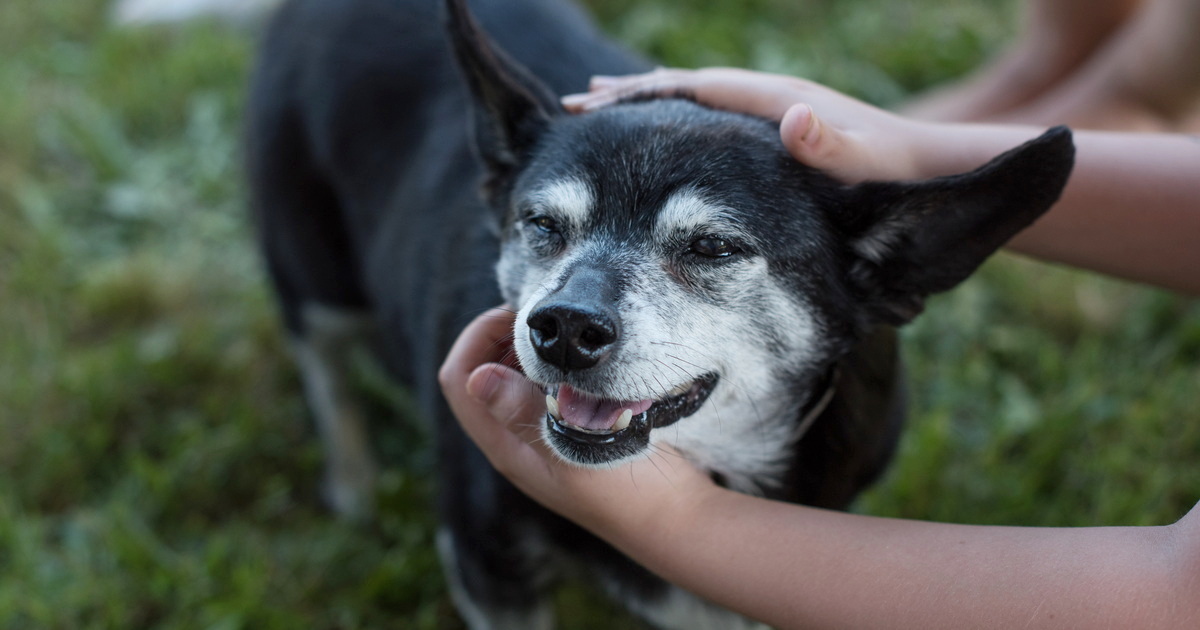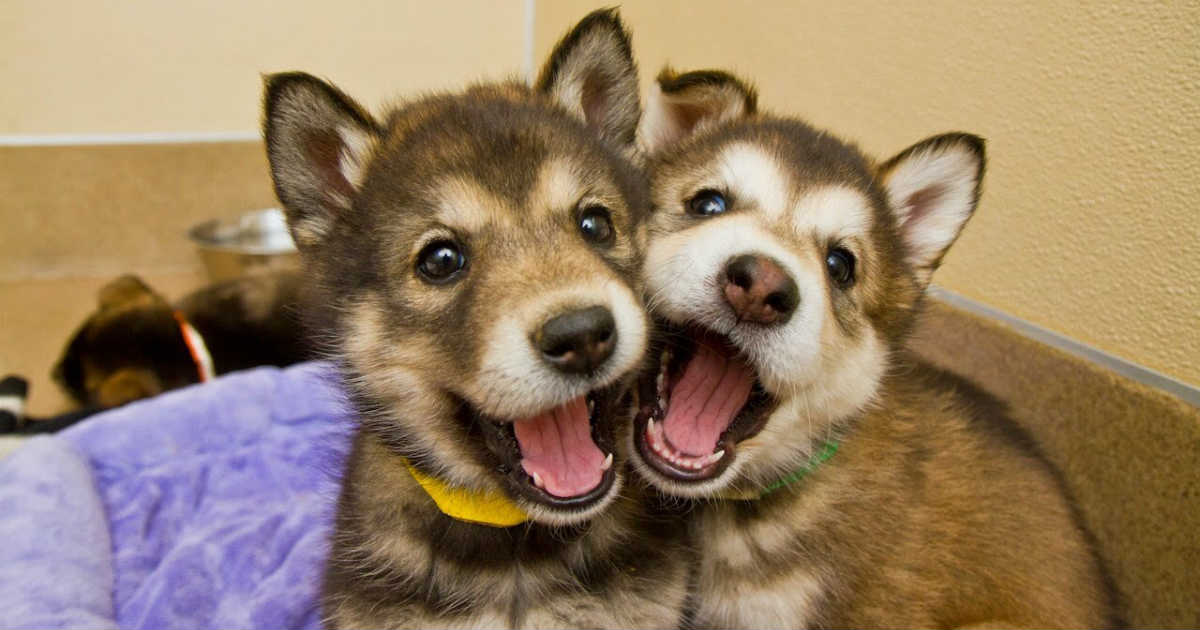Before you go all lovey dovey with any dog, first you need to know how you should even start. Touching a dog can be a pleasurable thing to the dog, but done wrongly it can also be perceived as a threat. Knowing how to approach a dog is the first step into making it a pleasurable experience and what the signs are to stop or avoid petting them.
1. Ask the owner if it's okay to pet the dog.
Never assume its ok to be friendly to a dog no matter how friendly he seems. The best person to know would be the pet owner. Not every dog is friendly and may become fearful or aggressive. Some dogs are sensitive or painful when touched in certain areas which should be avoided. Other dogs are fearful of strangers. Always ask the owner, if it is ok for you to pet their dog and where you would be petting it.
If you do not see the owner, or if the dog is loose on the street, always proceed carefully and stay in position to defend yourself if necessary. Dogs are more likely to bite if they have been chained up or left in a yard or other location with limited space, as are dogs eating or chewing on something. Approach these dogs with caution, and avoid petting them if they show you any signs of aggression.
2. Avoid direct eye contact
Direct eye contact with the dog may be perceived as a threat, especially if you are a stranger. Direct eye contact can make dogs feel uncomfortable and can come across as aggressive and domineering. A better way would be to approach the dog with your eyes slightly averted and your body angled away a little. Speak gently and walk slowly. If you’re approaching a dog with signs of fear or anxiety, it’s best to give them some space, and help them understand that you’re not a threat.
3. Let the dog approach you first
Coming at the dog quickly or directly may feel threatening or intimidating to the dog. This may be especially true if the dog is already at a corner or trying to run away.
Rather than reaching out and touching the dog, invite him to make the first contact by squatting down so you are closer to his level. If you do approach the dog, do so slowly from the side. With a shy dog or dog that seems scared, make yourself less threatening by turning your body to the side. You may pretend to ignore him and look away for the first few moments until he discovers you’re safe to approach. If the dog seems confident or friendly, you can invite him to approach you by bending over slightly, patting your legs and backing up while gently coaxing with your voice.
Put out your hand to the dog and If he sniffs it and walks away, that's a pretty clear sign he's not interested, but If he sticks around and nudges you, then let the petting ensue. You may want to keep your fingers curled in case the dog feels threatened and snaps at your hand.
4. Avoid hovering over the dog
Do not move your hands towards the dog's face or over the top of the head. This action may make the dog fearful or defensive. Avoid hovering over the dog when greeting him as this can be perceived as a threat. Instead, turn your body slightly to the side and make minimal eye contact at the first greeting (eye contact can also be interpreted as a threat). Always bring yourself down to his level by squatting or kneeling down a small distance away.
5. Pet gently
If the dog welcomes you, you may pet him, but avoid big overly friendly big hugs and massive fur rustling petting. Go slow with your petting and be calm, rubbing in the direction that the fur grows. Don't get all rough and tumble unless you know the dog and that's the way you know he likes to play. Begin to gently pet the dog in areas like the front of the chest, the upper and middle back, sides of the chest, and behind the ears.
When petting dogs, generally it is best to avoid petting for extended periods. Pet for a few seconds and then pause to gives the dog a chance to solicit more petting by nudging your hand or moving his body into you, or to take a break if he needs one by moving away.
6. Back off if the dog shows signs of aggression or discomfort.
Watch out if the dog starts showing signs of stress or if you notice resistance. Watch his body language for signs of fear or aggression. If you notice apprehension from the dog, slowly walk sideways away from him and avoid eye contact. If the dog is yawning, licking his lips, looking away or has his ears back, it tells you that he is feeling stressed and you should stop petting. It’s important to realize that a wagging tail or a crouching body doesn’t always mean friendliness so always stay alert. The worst case is the dog may snap back at you and bite you.
Anxious or fearful dogs might also hide behind something to retreat from what they perceive as an approaching threat, but if they feel defensive and have no wear to hide, they might snarl or bite. They might also avoid eye contact or lie very still, and even roll onto their back to expose their stomach when they’re scared.
Where do dogs like being pet?
Great! Now that you know how to start with petting a dog, where are their favorite places they love being pet? Please note that like people, different dogs prefer being pet in different places, in different ways. Some enjoy firm, even rough petting, while other dogs may prefer a gentler touch. Here are 6 places that dogs generally like
- Lower back near the base of the tail
- Belly and underside of the chest
- Top of the head and neck
- Under the chin
- On the front of the neck
- On the sides of the thighs
Generally dogs do not like being in touched in certain areas. Avoid the following areas.
- The genitals and anus. These are obvious areas to stay away from; dogs are protective of these areas just like humans.
- The face
- The tail
- Their feet, and legs
Now that you know everything there is to know about petting a dog, we hope it improves the bond between you and the dog. If you know of more tips of how to approach a dog you would like to pet or where your dog loves being pet, leave us a comment below.









